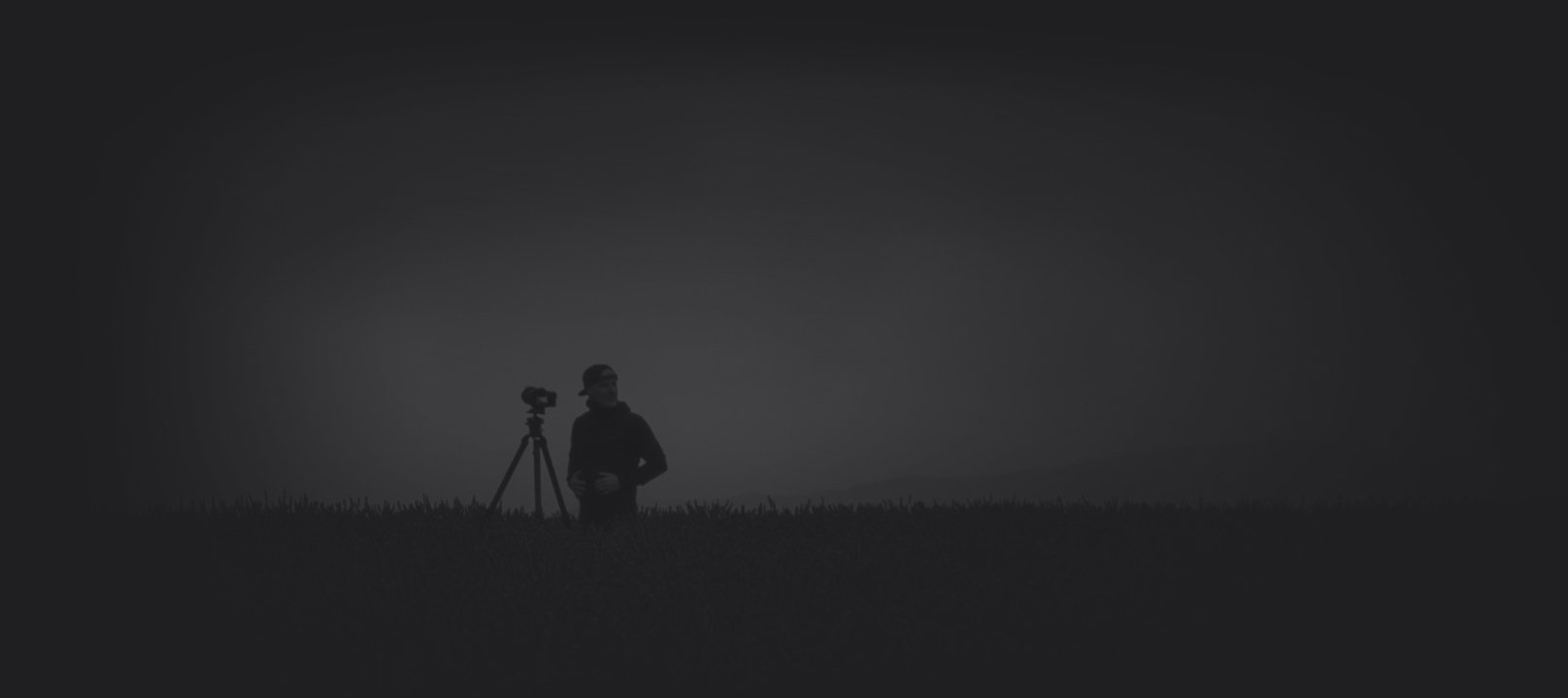Summary:
This blog examines why black and white photography remains compelling, highlighting its unique emotional impact and technical elements.
Main Points:
- Emotional Impact: Black and white prints strip away color, emphasizing composition, light, and texture, which heightens emotional responses.
- Historical Context: Originating in the 1800s, black and white photography was the only option before color became available in the 1930s.
- Artistic Challenge: Removing color challenges viewers' perceptions, encouraging them to focus on different aspects like light.
- Key Elements: Important elements in black and white photography include light and contrast, texture, and focus, each contributing to the overall impact of the image.
Creating art is the process of refining something down to its most essential or important parts, stripping away anything unnecessary to focus on what truly matters. The artist is the first to decide which parts of a scene are worth sharing, shaping how we see the world through their eyes.
When you look at a black-and-white print, you're witnessing the purest expression of the photographer’s intent. Stripped of color, elements like composition, light, and texture take center stage, allowing emotion to resonate with greater clarity.
Why do the best black and white photo prints make such a strong emotional impact?
In this blog, we’ll explore the intricacies of black and white photos. Read on to learn why some monochrome images leave a lasting impression.
Why Are We Still Printing Black and White Photos?
The first photographic images, captured in the 1800s, were all black and white. Photographers were still exploring the possibilities of this new medium, using techniques such as the daguerreotype, glass collodion negative, and paper negative—all of which were limited to black and white.
As technology advanced, so did the limits of photography as a medium. The first color photographs emerged in the 1930s, gaining mainstream popularity by the 1960s. From that point on, choosing to render images in black and white became a deliberate, artistic decision.
For many artists, the choice to capture black and white images is the choice to challenge the viewer’s point of view. After all, we all see the world in technicolor every day. By removing one element of the familiar, the artist challenges the viewer to engage with something new. For example, when you cannot think about color, you might think about light.
Ultimately, black and white printing challenges the spectator and places them outside of the mundane world. It has the power to turn simple subjects into evocative and moving compositions.
The Elements of Black and White Photos
Both black and white prints and color prints utilize a range of compositional elements to tell a story. The goal is typically to generate a strong emotional reaction.
In black and white photography, these elements are laid bare. Without color to lean on, the photographer must make deliberate and dramatic choices. Such choices place contrast, focus, and texture front and center.
We’ll explore a few significant elements of composition below.
Light and Contrast
A true photographic artist has the power to compose with light. They “paint” with shadows and highlights to lead the eye around a composition.
The darkest darks emphasize details. Shadows bring out nuances in an image or environment and suggest to the viewer what is important. It is a way to tell a story without words.
Because of the sense of depth perception, the human brain is attuned to variations in light. The higher the contrast, the more urgent and intense the image feels. Low-contrast images, in comparison, tend to possess a sense of calm and serenity. Artists delight in playing with contrast to craft images that create different sensations in the viewer.
Texture
Texture in black and white photography has the power to show the viewer the world in a new light. The contrast between dark and light brings out nuances in everyday textures. When color is no longer a factor, it’s easier to notice variations in surface details.
As discussed, the eye is drawn to the darkest darks and lightest lights. Thus, black and white prints bring out shapes, patterns, and a sense of rhythm. These elements might be absent in a color photograph of the same subject. It makes simple subjects, objects, and environments more dramatic and compelling.
Focus
In the strongest black and white photographs, there is a sense of simplicity and minimalism that speaks volumes. By removing the color from a subject, the artist removes one layer of familiarity, rendering it more foreign. It makes places and objects we know well into sources of fascination, forcing the viewer to see them differently.
Essentially, black and white photos offer us a unique sense of intention compared to their multichromatic counterparts. These dynamic prints allow the viewer to bask in a world that is both foreign and familiar.
We invite you to search for these elements in the black and white photographs captured by award-winning fine artist Peter Lik. View our full black and white and color landscape photographs collection today.

